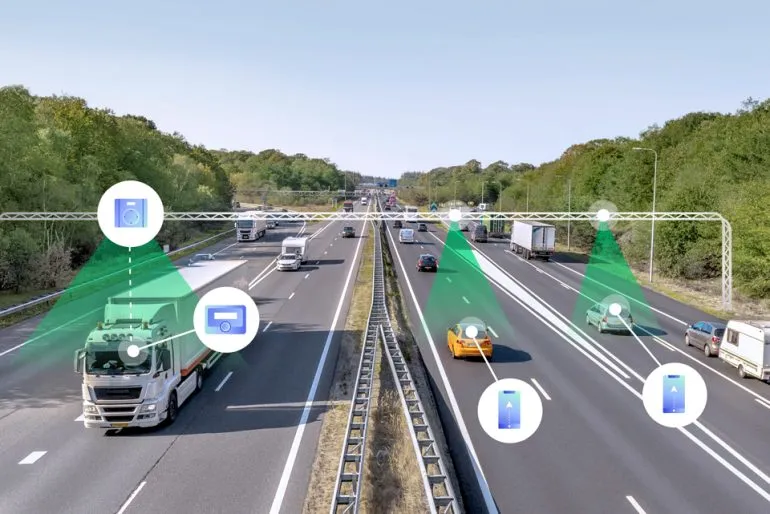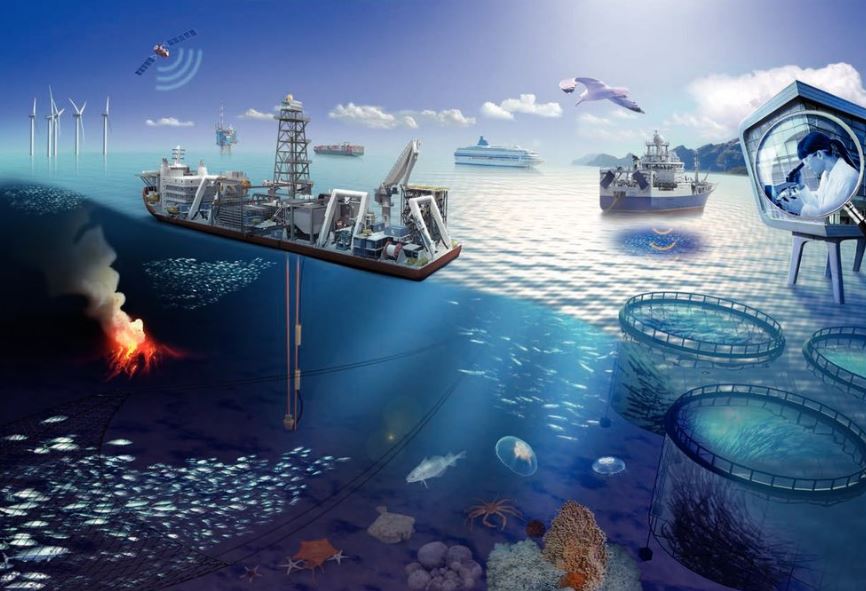Decoupling Economic Growth from Emissions: India’s Path to Sustainability
Context:
India’s rapid economic growth over the past decades has been accompanied by increasing greenhouse gas (GHG) emissions. However, the Economic Survey 2023-24 indicates that India has achieved relative decoupling, where GDP growth (7% CAGR between 2005-2019) outpaced the growth of emissions (4% CAGR). This signifies progress in aligning economic development with environmental sustainability.
What is Decoupling and Its Types:
Decoupling refers to reducing the dependency of economic growth on environmental degradation. The two main types of decoupling are:
- Absolute Decoupling: Economic growth occurs while emissions decline, representing the ideal scenario.
- Relative Decoupling: Both GDP and emissions grow, but GDP grows at a faster rate, indicating progress but not complete separation.
Decoupling in the Economic Survey:
The Economic Survey emphasizes that India has made strides in relative decoupling, with emissions growing slower than GDP. This progress, attributed to policies under the National Action Plan on Climate Change (NAPCC) and energy efficiency measures like Perform, Achieve, and Trade (PAT), reflects India’s commitment to sustainable development.
Need for Decoupling:
Decoupling is essential to:
- Achieve Sustainable Growth: Align economic development with reduced environmental harm.
- Combat Climate Change: Reduce GHG emissions to meet international commitments like the Paris Agreement.
- Ensure Long-term Development: Support economic growth without exhausting natural resources or worsening climate risks.
What are the Key Factors Driving Decoupling:
- Policy Initiatives: NAPCC and PAT schemes have been instrumental in improving energy efficiency and reducing emissions intensity.
- Technological Advancements: Adoption of cleaner technologies has reduced emissions per unit of GDP.
- Behavioral Changes: Awareness campaigns have encouraged energy conservation and sustainable practices.
- Renewable Energy Growth: India’s substantial investment in renewable energy has played a crucial role in reducing emissions intensity.
Reasons why Decoupling is Difficult for Developing Countries:
Developing nations face unique challenges in achieving decoupling:
- High Energy Demand: Industrialization and urbanization require significant energy, often sourced from fossil fuels.
- Income Growth: Rising incomes lead to increased consumption, contributing to higher emissions.
- Informal Sectors: These sectors often lack efficient technologies, contributing to underreported and uncontrolled emissions.
- Equity Issues: Balancing environmental policies with poverty alleviation and economic equity is complex.
How Can Economic Growth and Emissions Be Decoupled?:
India can strengthen decoupling through:
- Renewable Energy Expansion: Accelerating the transition to wind, solar, and other clean energy sources.
- Energy Efficiency Programs: Enhancing industrial energy efficiency through initiatives like PAT.
- Sustainable Urban Planning: Investing in public transport and green infrastructure to reduce urban emissions.
- Technological Innovations: Fostering research and adoption of low-carbon technologies.
Challenges and Way Forward:
Challenges
- Absolute Decoupling Not Achieved: Emissions are still increasing, though at a slower rate.
- Rising Urbanization: Growing cities could drive up per capita emissions.
- Economic Pressures: As a developing country, India must balance environmental goals with poverty reduction and growth aspirations.
- Financing Gap: Meeting climate targets requires substantial funding, estimated at $2.5 trillion by 2030.
Way Forward:
- Strengthen Renewable Energy: Continue investments in clean energy projects to reduce reliance on fossil fuels.
- Enhance Monitoring and Reporting: Establish transparent mechanisms to track GHG emissions.
- Focus on Inclusion: Design equitable policies to ensure that green transitions benefit all segments of society.
- Global Support: Secure affordable financing and technology transfers from developed countries under frameworks like the Paris Agreement.
Conclusion:
India’s journey toward decoupling economic growth from emissions reflects progress in sustainable development. However, achieving absolute decoupling requires sustained efforts in renewable energy adoption, emission reductions, and equitable policy frameworks. With the right balance of growth and environmental responsibility, India can lead the way in global climate action while ensuring long-term sustainability.



